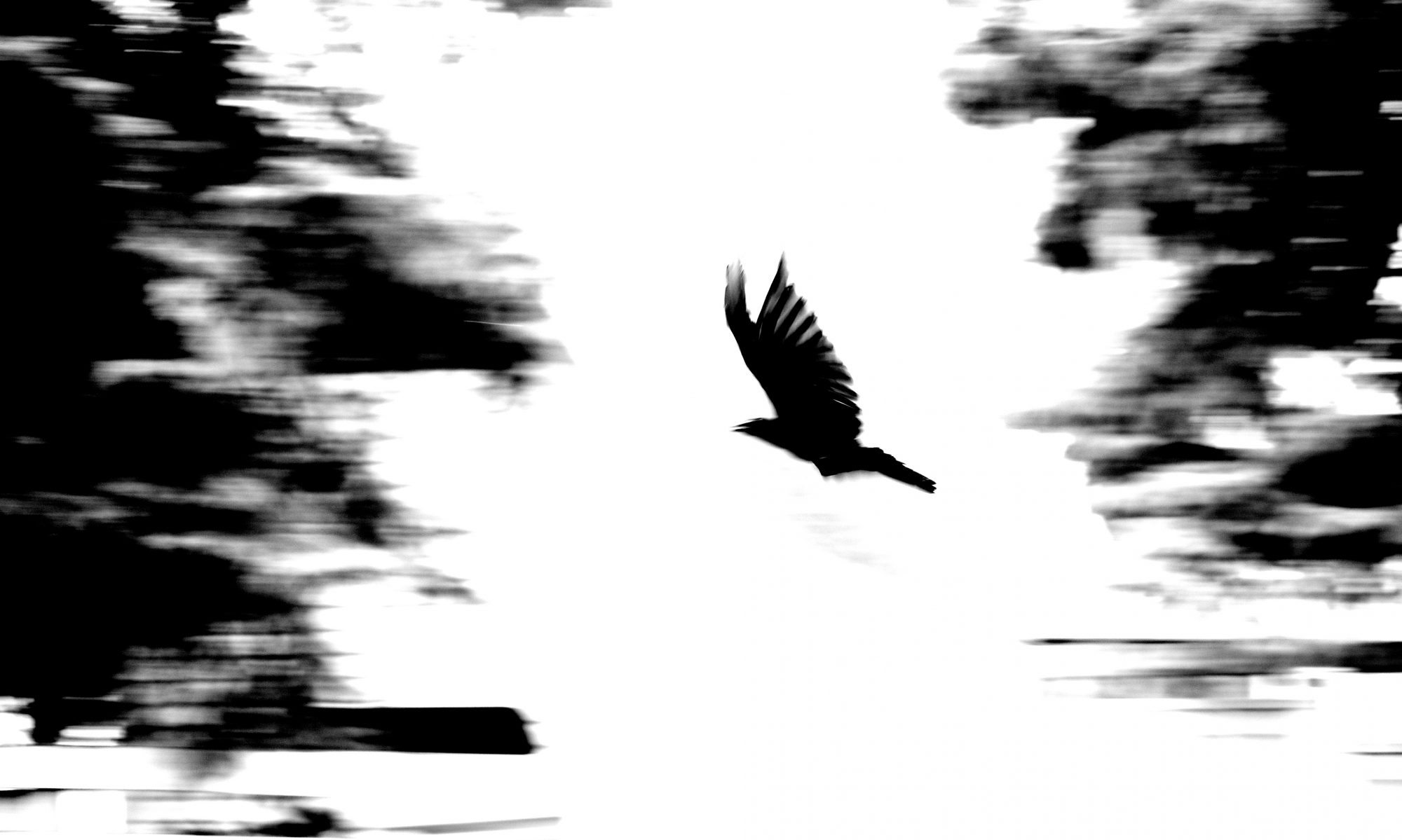Last week I, along with dozens of Canadian entomologists, was in beautiful Saskatoon, Saskatchewan at our annual Entomological Society of Canada/Entomological Society of Saskatchewan Joint Annual Meeting. I had a great time there. There were five talks from my research program (including one of my own). I was very proud of all of my students and postdocs, as they all gave great talks. One of them, Sharleen Balogh, won the President’s Prize for her talk. And UNBC’s very own Staffan Lindgren became President of the Society for the next year.
Besides all of that, I was able to visit with many colleagues and students. We were able to “talk shop” and discuss our ideas easily, almost like an ongoing, really large lab meeting. We had time to get to know each other a bit better as actual humans, not just another name on a co-author list. And we were treated to all sorts of inspiring and informative regular talks, symposium addresses, and poster presentations. By the end of the four days in Saskatoon, I was tired but also elated at the state of entomological research and teaching in Canada. Our discipline is in very good hands for the foreseeable future, and that makes me happy.
All of this got me thinking a bit more about conferences on my plane flight back (while trying to avoid a conversation about “chem trails” with an insistent fellow sitting next to me). I’ve been to some very large conferences with attendees numbering in the thousands. And I’ve been to some very small conferences with maybe 20 or 30 attendees. The ESC JAM is an order of magnitude smaller than the former and an order of magnitude larger than the latter – nestling right into a bit of a sweet spot, in my opinion.
I do truly appreciate the smaller conferences for a number of reasons. There are no concurrent sessions, so you never are forced to miss a talk. They are really great venues for early-stage students to present their work in a thoroughly non-threatening atmosphere. They are a great place to reconnect with your closest – geographically and often in terms of discipline – colleagues. On that latter point, in a discipline like entomology where many of the issues that we deal with are regional in nature, this aspect cannot be stated too strongly. Having some time to compare notes on regional conservation or pest issues in a semi-formal setting with regional colleagues is vital.
I also like the larger conferences, but not quite as much. And the fact that I haven’t been to a large conference in several years now is perhaps a bit of a testimony to my deeper current mindset. Large conferences have the advantage of having something for everyone. With thousands of attendees giving talks or posters over a three- or four-day period, there are also many – sometimes dozens – of concurrent sessions. Organizers have a ton of resources, and they can bring in big speakers and a great trade show. This means that no matter what, I can find talks and items of interest to me at large meetings. But it also means that I feel required to preschedule myself to such an extent that it is unlikely that I’ll just stumble into a talk (or remain in a session after the talks that I was interested in) that truly but accidentally blows my mind. Pure organization is key at a large conference, and that reduces spontaneity.
I also find that I’m often more prone to being “lonesome in a crowd” at large meetings because you have to be pretty lucky to meet someone you might know just in time for lunch or dinner with so many concurrent sessions going on. Again, this can be overcome with planning (“hey, let’s meet at the registration desk for lunch at noon on Tuesday”), but does not really allow for surprise meetings with known and yet-unknown colleagues.
Don’t get me wrong, I’m not opposed to large conferences. They are amazing events, and I have always benefited from being at them. But perhaps it’s my somewhat introverted tendencies that make me more comfortable at the small-to-medium-sized meetings. It’s at those venues that I find that I can see presentations that are both exactly relevant to my work and also tangentially interesting. I can easily meet with people who I know. I can meet a few who I didn’t know before. And I can make a gracious retreat when I’m feeling a bit tired of interacting.
Ultimately I suppose that each of us has a Goldilocks Zone for preferred meeting size. Mine generally matches what I experienced last week. Preferences, of course, will vary. And the benefits of all meeting sizes mean that we should all also step away from our personal Goldilocks Zone from time-to-time to experience meetings of all sorts.
(And a quick addendum: Thanks so much to the organizers of the ESC-ESS JAM 2014. Having been part of an organizing team in the past, I realize how much work that was. I hope that you all are feeling proud of the great work that you did, because that was an excellent meeting all around.)
